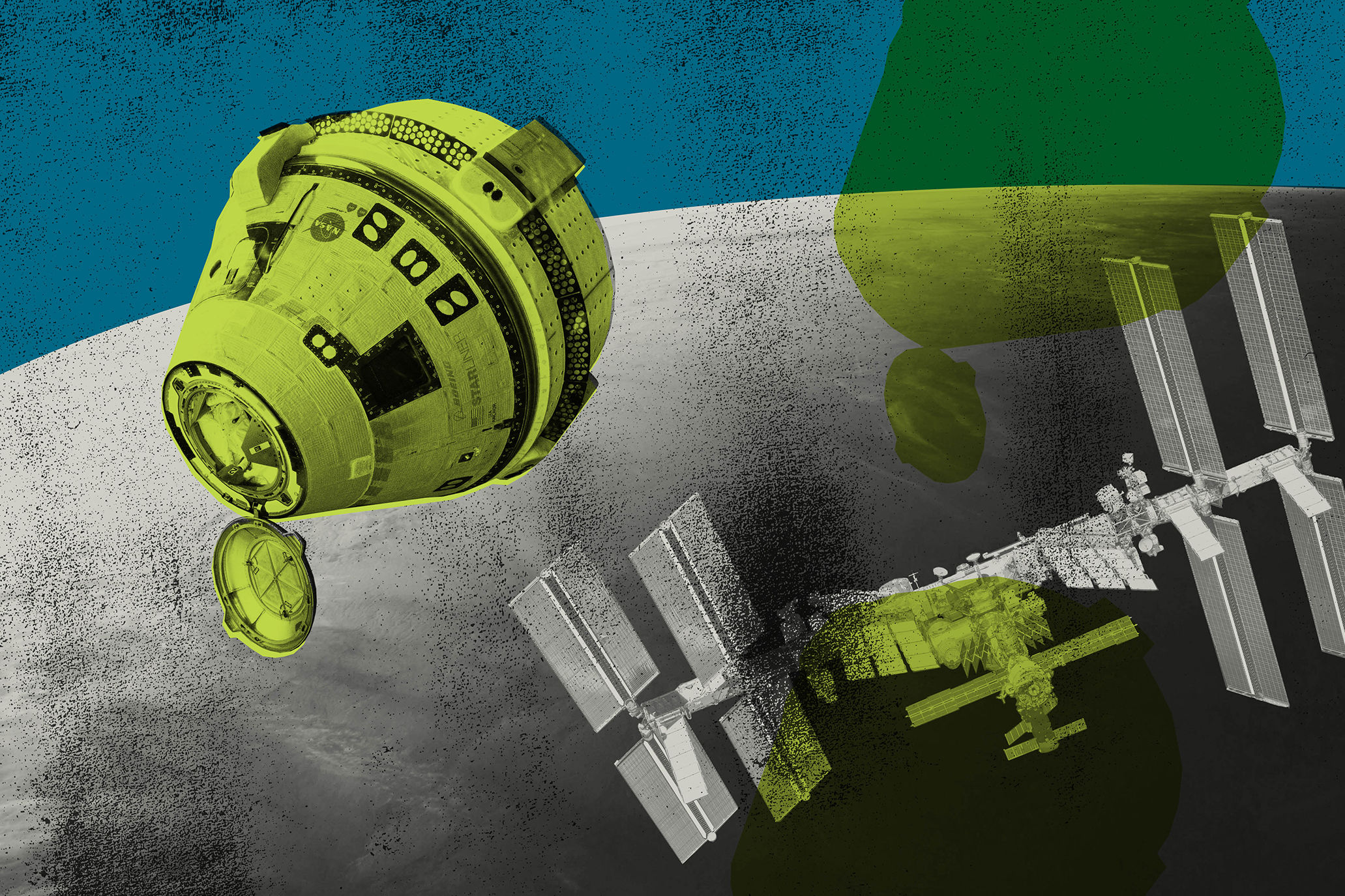Apollo 11, By the Numbers

Image: NASA
It was July 20, 1969. Astronaut Neil Armstrong dropped down from the flimsy-looking ladder of the Apollo 11 spacecraft’s lunar landing module and took “one small step” on the pocked, gray lunar surface of the moon, kicking up puffs of moon dust as somewhere near a fifth of the world’s population gaped at his black-and-white image on their TVs.
Many watching here in Houston—home of Johnson Space Center, NASA’s Mission Control, and hundreds of scientists and engineers who had figured out how to shoot three human beings into space, land them on the moon, and bring them home again—had played a part in turning this science fiction-tinged dream into a reality.
In fact, darn near every Houstonian felt some ownership over the mission. After all, when the Apollo 11 crew spoke with operations on the ground, they spoke to “Houston.” And the American flag Armstrong and Buzz Aldrin planted on the moon before heading back to Earth was itself purportedly from here—a NASA secretary had picked it up from a local Sears, the story goes.
In honor of the mission’s 50th anniversary next month, Houstonia is looking back at how we—along with, admittedly, help from the Cold War, JFK, LBJ, a large chunk of the annual federal budget, and, you know, the rest of the United States—made the impossible happen:
2,207
Words in President John Kennedy’s famed “We choose to go to the moon” speech at Rice University, September 12, 1962
6
Years (plus 10 months and nine days) it took from JFK’s speech to the moment Armstrong informed “Houston” (aka Mission Control) that the Eagle had landed, on July 20, 1969
3
Number of presidents who served during that time
20
Spaceflights before Apollo 11 (6 for Mercury, 10 for Gemini, and 4 for Apollo)
9
Astronaut deaths before Apollo 11, with 3 occurring during an Apollo 1 practice drill
$25.4 billion
Apollo program’s cost, about $112 billion today
$100 million+
Cost of constructing Mission Control at Houston’s state-of-the-art Manned Space Center, later renamed the Johnson Space Center
400,000+
Peak number of NASA employees contributing to the Apollo 11 mission at one time, many based in Space City, supported by 20,000 industrial firms and universities
3,500
Number of journalists covering the Apollo 11 launch on July 16, 1969, in Cape Canaveral, Florida, hailing from the U.S. and 55 other countries
6.2 million
Weight, in pounds, of the Saturn V rocket, which launched Apollo 11, generating 34.5 million pounds of thrust
3
Astronauts on board: Commander Neil Armstrong, Lunar Module Pilot Buzz Aldrin, and Command Module Pilot Michael Collins
4
Satellite stations required to catch the transmission of lunar video footage and beam it back to Houston for broadcast to the world—one in California, one in Spain, and two in Australia
600 million
Viewers of Armstrong’s moonwalk
2
Speeches President Richard Nixon’s staff prepared—one if the astronauts succeeded, another if they, well, didn’t.
195
Mission duration, in hours (plus 18 minutes, 35 seconds)
50
Number of items Apollo 11 astronauts left on the moon, including an Apollo 1 patch, Cosmonaut medals, a gold olive branch pin, TV cables, a camera, and human-waste collection devices. (Littering wasn’t a faux pas then, even on the moon.)
953,054
Total round-trip distance traveled, in miles
50
Total pounds of moonrocks the astronauts brought back to Earth
1
Parade that the Apollo 11 crew endured in mid-August Houston, and that was enough.




